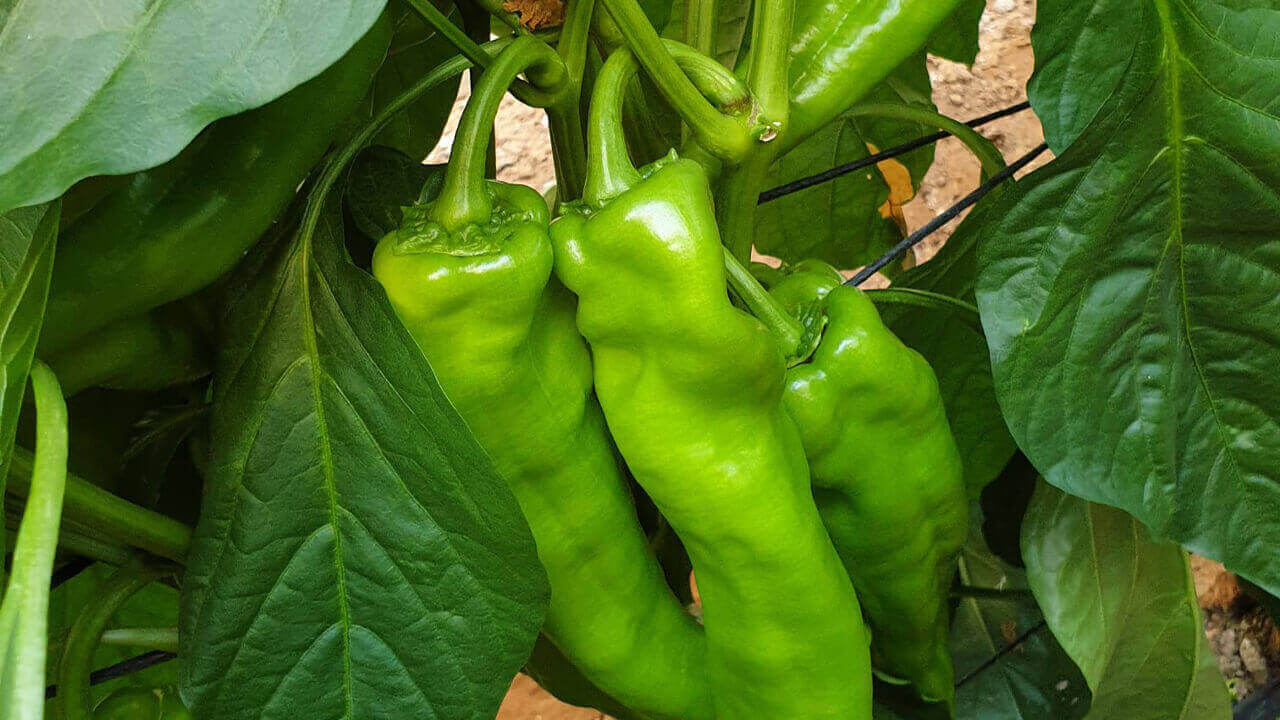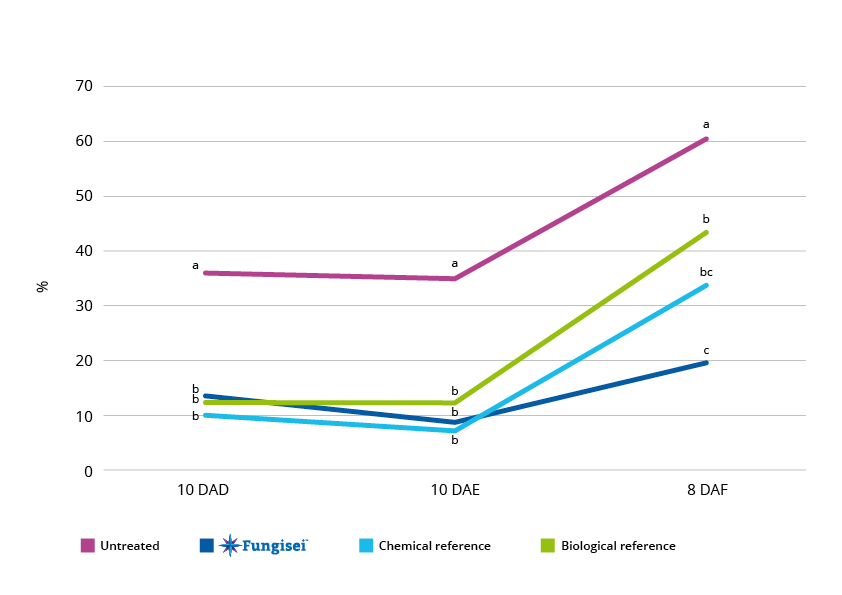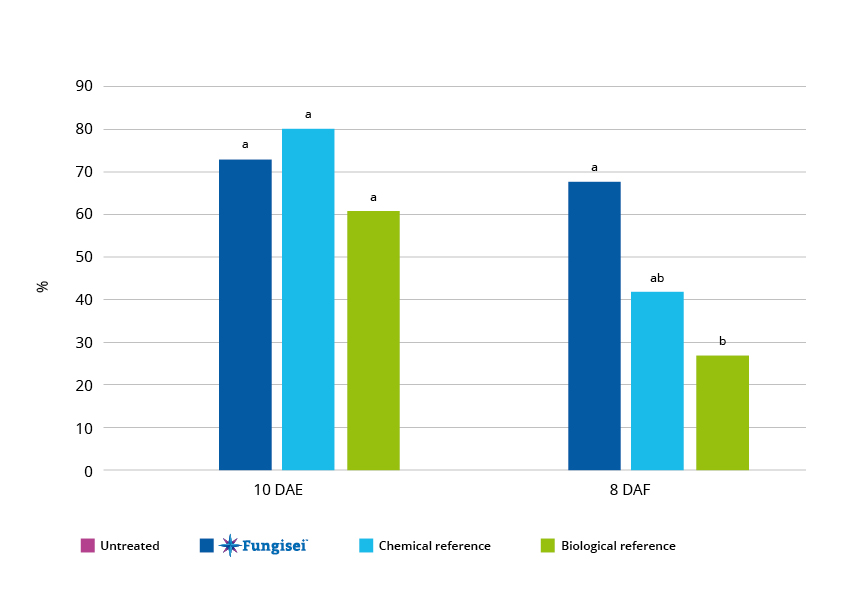Botrytis on peppers: what it is and how to stop it spreading

Botrytis on peppers attacks when you least expect it. It is a disease that does not take into account the stage or phenological moment of the crop: the fungus settles on the host plant and becomes a parasitise, feeding on it until it destroys its cells.
Also known as grey rot in peppers it can occur at any time of the year, although it is true that moderately cool seasons with cloudy weather, little sunshine and high relative humidity increase the activity of the fungus and encourage it to sporulate, release its spores and develop the infection.
Botrytis in peppers usually enters the plant through small lesions on the epidermis of the stem, leaf or fruit caused by insects, or wounds caused by rain or hail in adverse weather conditions.
Growers must be particularly careful as infected leaves or fruit falling to the ground can help spread the fungus. Botrytis can survive for long periods in crop debris or decaying organic matter in the soil over winter, until the conidia or spores germinate again and are dispersed by rain or wind to cause new infections.
This is how we recognise grey rot in peppers: the flowers and fruits rot and, as the disease progresses, they are covered with a grey hairy mould that shows the spores of the fungus on the dead tissue. The first symptoms usually look like dark brown spots on leaves or stems.
How do you get rid of botrytis?
The best strategy for controlling botrytis in peppers is prevention, as once the fungus is active it progresses very quickly and becomes more difficult to stop. As part of this preventive action, Seipasa recommends the use of Fungisei, a microbiological fungicide developed from a highly effective and pure strain of Bacillus subtilis that acts from the earliest stages of the disease.
The action of Fungisei prevents the pathogen growth and works by disrupting the fungal cell membrane and promoting induction of systemic resistance (ISR) mechanisms in the plant.
Figure 1 corresponds to a trial developed to evaluate the efficacy of Fungisei for the control of botrytis on the pepper variety Eppo.
Fungisei improves the performance of the chemical and biological references with which it has been compared. The results are particularly significant if we look at what happens 8 days after the sixth application (F).
At a time when the disease pressure is increasing due to very adverse environmental conditions that favour the development of botrytis in peppers, the action of Fungisei prevents the disease incidence on the fruit from soaring and significantly improves the yield compared to the two references with which it was compared.
Figure 1. Incidence (%) in fruit.
Figure 2 evaluates the effectiveness of the treatment in controlling the disease on affected fruit. Importantly, at the time of peak disease pressure, Fungisei also acts with high efficacy in controlling the disease to halt its progression.
Figure 2. Efficacy (%) on affected fruit (control = 0% efficacy).
Fungisei is particularly suitable for use at the onset of symptoms or when environmental conditions are conducive to disease development.
It is a product developed using Furity technology, an exclusive and patented formulation that takes the form of a molecular structure capable of protecting the active ingredient, ensuring its stability and homogeneity and maximising its efficacy once applied to the crop.
Another major advantage of the product is that it prevents the development of resistance, a fact that confirms its inclusion in the BM02 group of the FRAC (Fungicide Resistance Action Committee). In addition, Fungisei has no safety period and can therefore be applied immediately before harvest without leaving chemical residues in the pepper crop. The active ingredient is classified as Low Risk by the European Commission.
Preventive measures
In addition to biological control, the preventive measures we need to take to minimise the risk of disease include taking great care when pruning to avoid unnecessary wounds and removing affected plants and fruit from the ground.
It is also important to ensure good ventilation with draughts and to avoid over-concentration of plants. It is important to control the risk, especially in greenhouses, to avoid excessive water accumulation on the crop.










